If you’re a fan of EDM (Electronic Dance Music) then you have probably come across the term slaphouse. Slap House is a sub-genre of EDM which was first categorised in 2018 with the release of Dynoro’s single ‘In My Mind’.
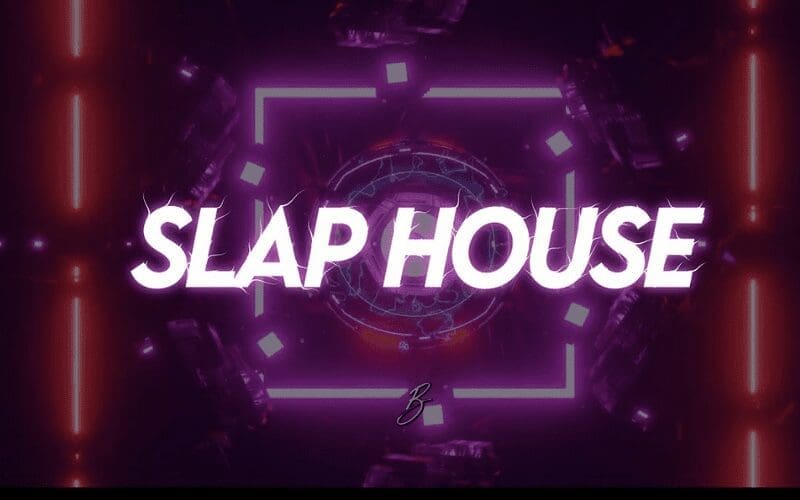
Since 2018, ‘In My Mind’ has amassed over a billion streams on Spotify alone. So Slap house is not so much a niche as it is a new wave of dance music. Bringing with it a fresh cohort of new artists and DJs all contributing to the rise of Slap House.
In this article, we’ll look at the key pillars of the slap house genre and offer 5 tips for creating your own Slap House track.
What Is Slap House?
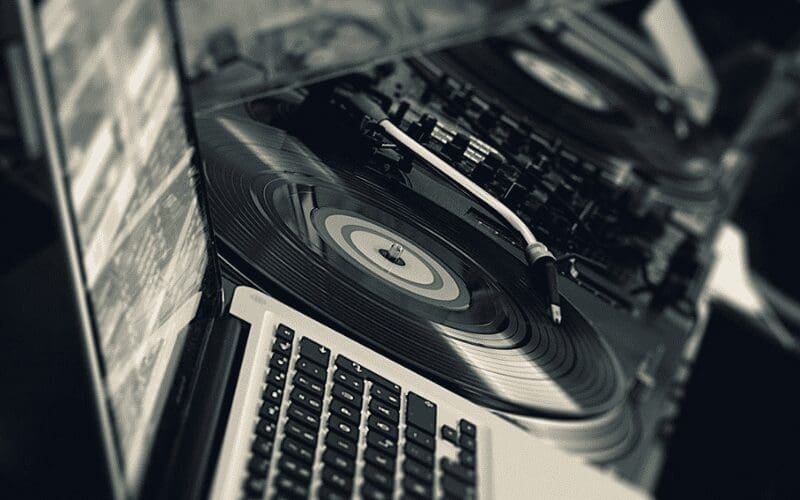
As we’ve already mentioned, Slap House is a sub-genre of EDM. Which is a style of dance music that takes a lot of cues from minimalism and repeated patterns (or ostinatos) that layer to build and release tension. This makes it the perfect style for clubbing.
If we’re looking to really understand the slaphouse meaning, it’s almost better to think of it as a sub-genre of a sub-genre.
Slap House evolved from Deep House; which in itself is a combination of Chicago House with 1980s Jazz-Funk and elements of Soul.
Slaphouse records tend to sit at around 120 BPM. The style combines the ‘four-to-the-floor’ pulsing and harmony associated house music. But with more energetic and often syncopated (on the off-beat) bass rhythm.
Aficionados of House Music might be thinking that what is described above is Brazilian Bass house music. To a degree that is a fair comparison –musically the genres are quite similar.
The difference is that Brazilian Bass tends to utilise deeper, punchier bass lines. It also often employs low-end filters for sound effects and Slap House is more commercial, favouring catchy vocal hooks above bass lines.
5 Tips For Making Your Own Slap House Track
If you’re thinking you like the sound of this Slaphouse and want to give it a go yourself, here are 5 production tips for capturing that pivotal Slap House sound.
1. Vocals
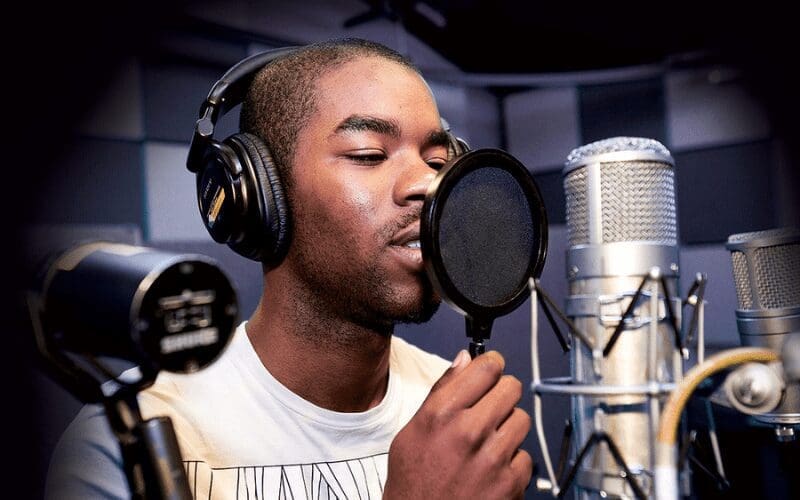
Vocals are a huge part of a Slap House track. Once you’ve got your killer line that will be your repeated refrain, Slap House producers often tend to incorporate some level of processing on the vocal to make it sound distinctive and unique.
You can do this by layering the vocals, using high- or low-pass filters, adding saturation and distortion. You can even stretch and re-pitch the vocal track.
One cool technique for doing this is to record the singer performing the vocals a tone or two above what will be the final pitch of the track. Then re-pitching the vocal down to the correct key.
This has the effect of changing the way the vocal sounds without over-doing it on the vocal plugins. Also without compromising the integrity of the sound quality too much.
2. Build & Release Tension
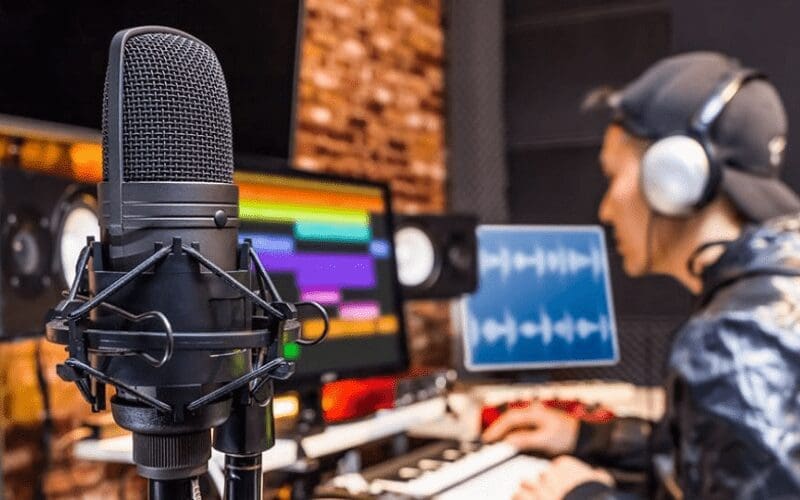
In dance music, this is known as dropping the beat but it’s basically the same trick as used by minimalist composers such as Steve Reich. Take a repeated pattern and layer it, use different ends of the frequency spectrum and keep adding parts to the song to add flavour.
You can use tricks like snare rolls and awkward harmonies (like a dominant 7th) to build the tension. So when that beat drops and the song really kicks in, it feels euphoric to the listener.
The key thing to remember when it comes to Slaphouse is that you can take your time as the genre allows for a longer build up than you might experience in Brazilian Bass or other Deep House sub-genres.
3. The Rhythm
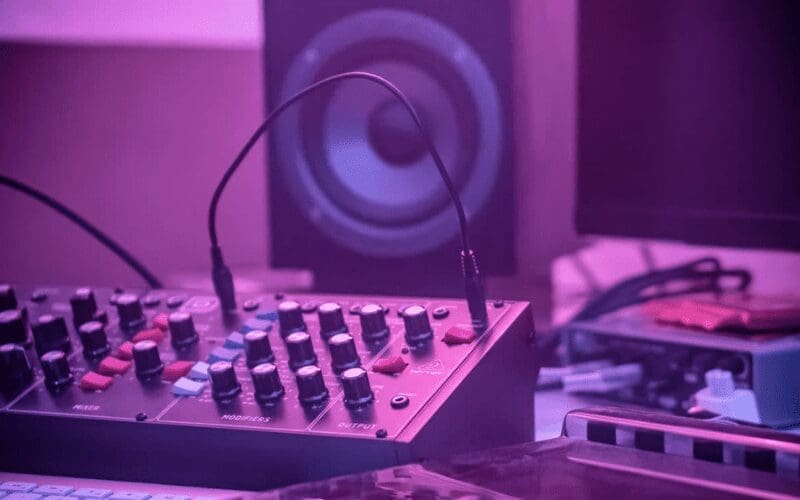
Whilst it’s important to build the tension and make a feature of the beat dropping, it’s also important to keep the song moving with some kind of rhythm.
A way to marry the two elements is to use a high pass filter on the kick drum. This allows you to give a sense of the rhythm without unleashing the full bassy power of the kick until you’re ready.
You can also use additional syncopated rhythms that add some bounce to your track. A good way to help this feel natural is to activate the ‘swing’ feature in most DAW’s MIDI Drum Presets.
4. Reeses Pieces
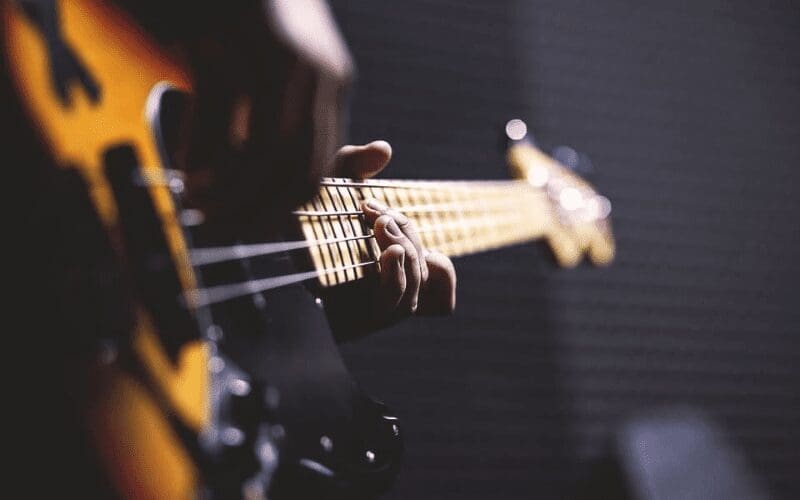
One element in Slaphouse is what’s known as a Reese Bass Line.
A Reese Bassline is a very low (often ‘Sub Bass’ register) bass synth sound that is quite warm. It first appeared in the late ‘80s and since then has been prevalent in Drum and Bass and the branch genres coming out of that.
There are a few ways to make Reeses Bass lines. You can either use a multi-oscillator synth and combine square and sawtooth waves with a low-pass filter.
Additionally, the other way is to use a Reese synth plugin and add sub-bass on that to give you a really warm low end.
Our advice here would be to spend a bit of time on YouTube. There are loads of tutorials on how to create this distinctive bass sound within different DAWS and with different equipment.
It’s good fun to learn a few different methods so you can experiment and find what works best for you.
5. Kick Out The Jams

Arguably the most distinctive characteristic of Slap House is the short percussive kick used during the drops.
This can be created with a classic TR-808 or modern-day emulator (Logic Pro X has a pretty good built in 808 patch).
You want your bass to have a quick attack and a short decay. It’s a good idea to add some sub-bass to your main kick sound to add some low-end punch.
You may want your bass sound to be a little punchier to emulate some of the successful Slaphouse records that have been released over the past few years. You can layer a percussive hit to follow your main bass line notes.
Again, YouTube is your friend here and there are tons of guides on how to get a perfect low-end 808 sound.
Now You Know How To Make Your Own Slap House Track
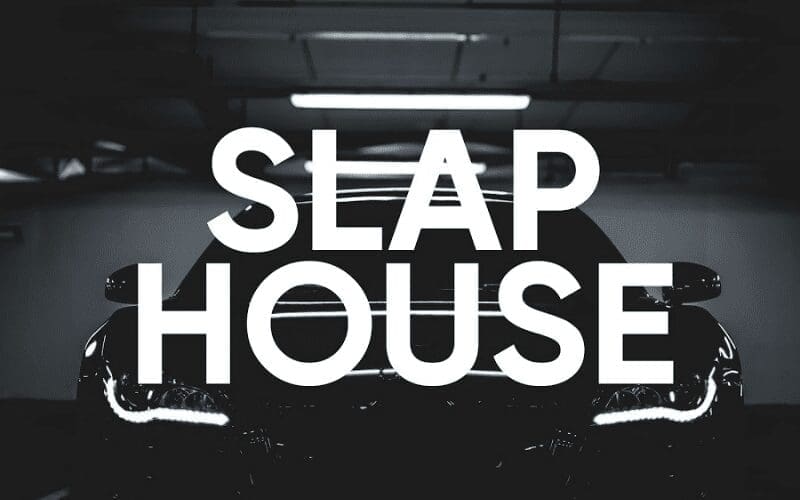
EDM is an ever-evolving genre with new branches splitting out all of the time. Some of these branches grow strong and become genres in their own right (such as Deep House).
Whilst others capture a moment in time before culture moves on and another style comes to the fore.
It’s perhaps a little early to say whether Slapouse will be an enduring sub-genre of EDM.
However, it is clear that right now, Slap House has an incredible commercial appeal and has allowed a number of artists to cross over from niche markets into the mainstream and see significant commercial success.
Whatever the future of Slap House, there’s no harm in spending some time with the genre, learning how the pieces fit together and exploring it as an artist/producer.
The great thing about music is the avenues it leads you down so fire up that Moog, Flick on the 808 and run tape – the next banger could be just around the corner!
What do you think of Slap House? We’d love to hear all about it in the comment section below! If you enjoyed this article, why not share it with your friends on your socials? Be sure to tag us in your post @musicgateway!
If you enjoyed this article, why not check out another on our blog? Here are articles on Dance Music, the Best Basslines, and Different Music Genres to get you started!
Are You An Artist?
If you have songs that you want to share with the world – we want to help boost your career and get them noticed. Including promoting your music and improving your streaming presence!
Additionally, check out our Sync opportunities page to get your music in TV and Film. Try it out for free today by signing up or clicking the button below.









